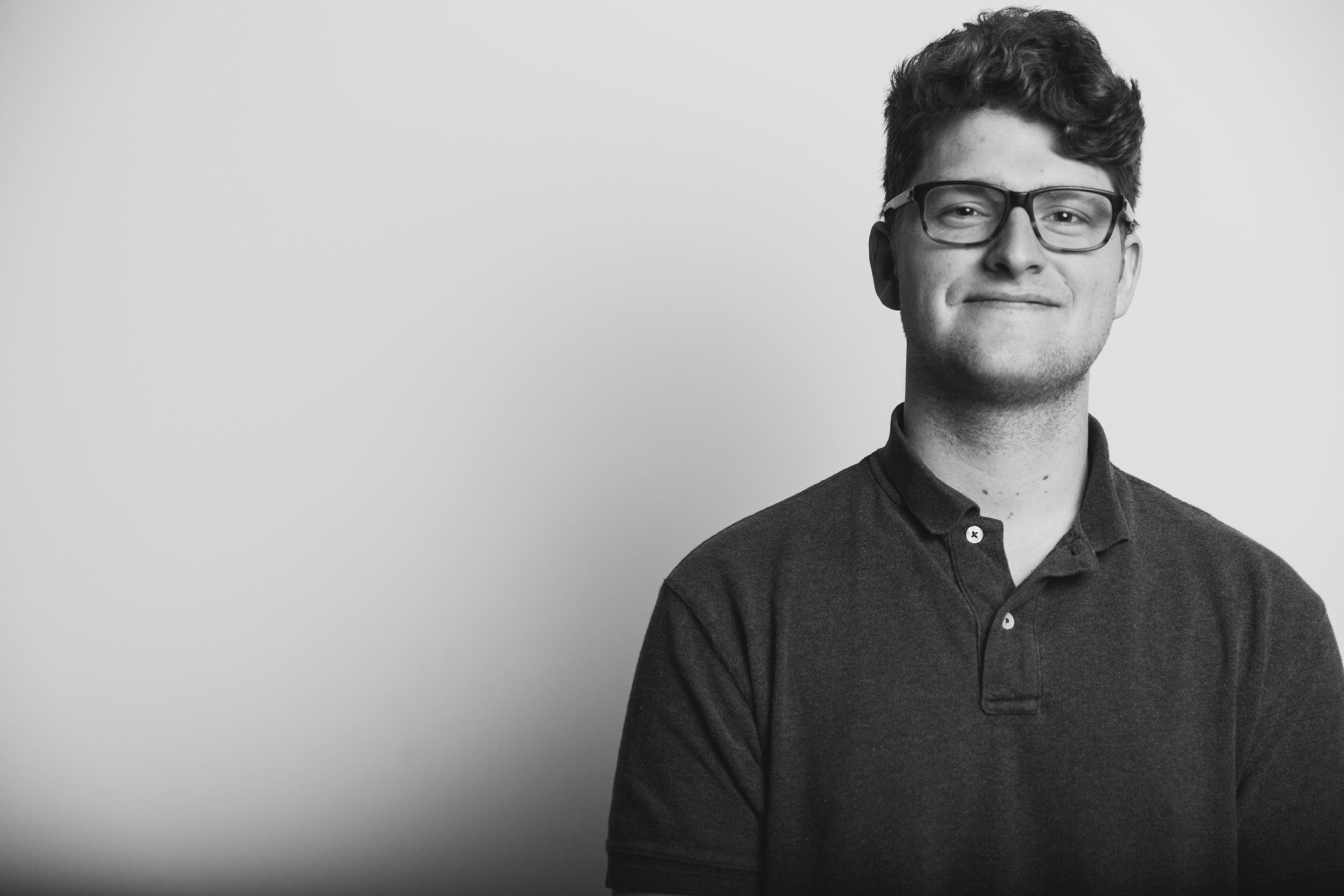Senior majoring in electrical engineering and raised in a family that made energy efficiency a priority (Swisher’s father Joel directs Western’s Institute for Energy Studies). But as a college student, he has discovered that it’s extremely difficult to commit to an energy efficient lifestyle in a rental home.
Swisher says it’s a split-incentive problem: Building owners don’t have any incentive to upgrade the insulation or install more efficient appliances if renters are paying the monthly power bill. But if owners pay the utility bills, tenants could jack up the thermostat without paying for it.
Swisher estimates that 14 percent of U.S. greenhouse gas emissions come from rented housing and commercial space. But after a year of studying the problem, he hasn’t found anyone who’s solved it.
He’s exploring the idea of non-profits that could help owners pay for energy efficiency upgrades in old rental buildings; the costs of the upgrades would be repaid with future energy savings. Such a system might work well in an area with relatively high electricity costs, such as Hawaii or Florida, he says.
In the meantime, Swisher is developing a website for the next scholars to tackle the split-incentive problem. This fall, Swisher is heading to graduate school in Norway to study innovative sustainable energy engineering at the Norwegian University of Science and Technology.
